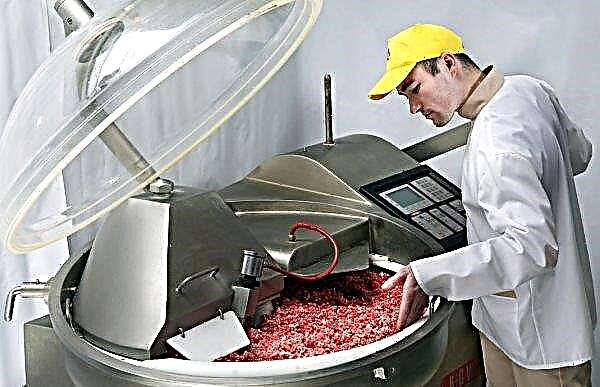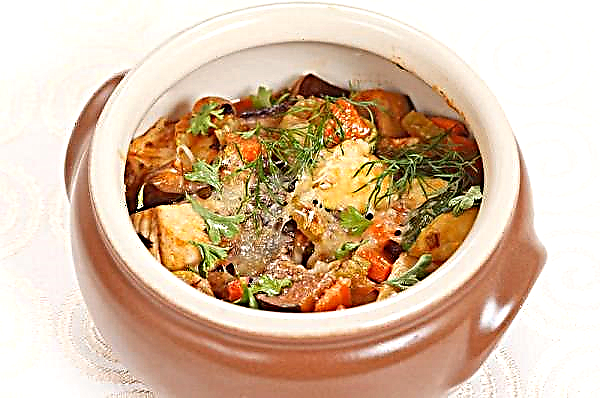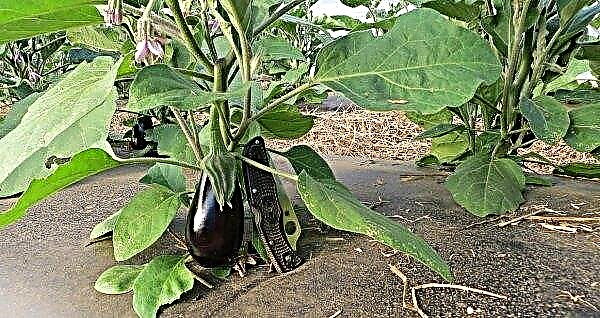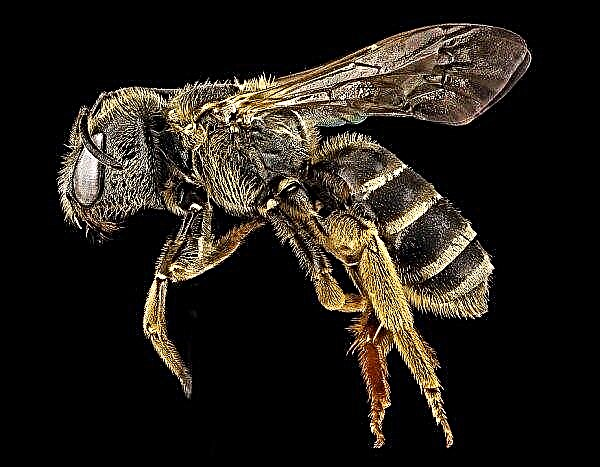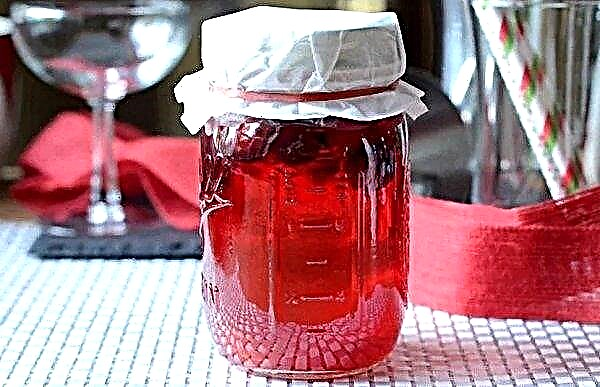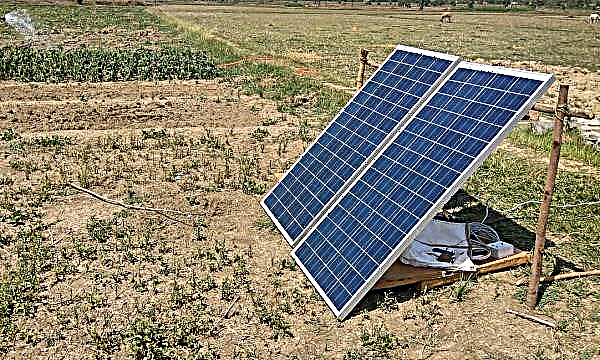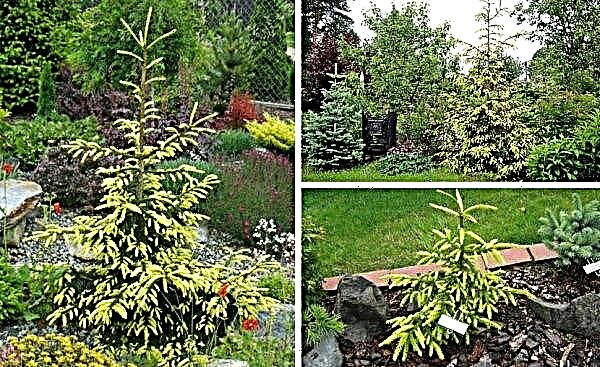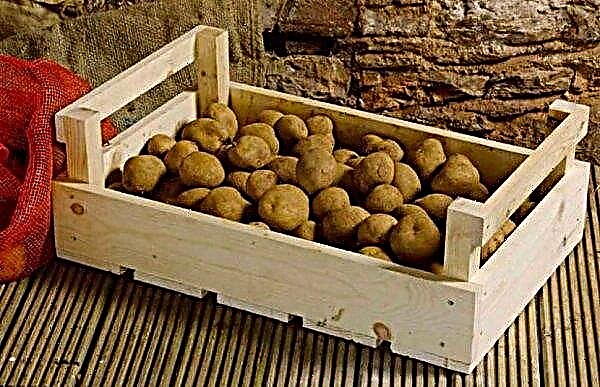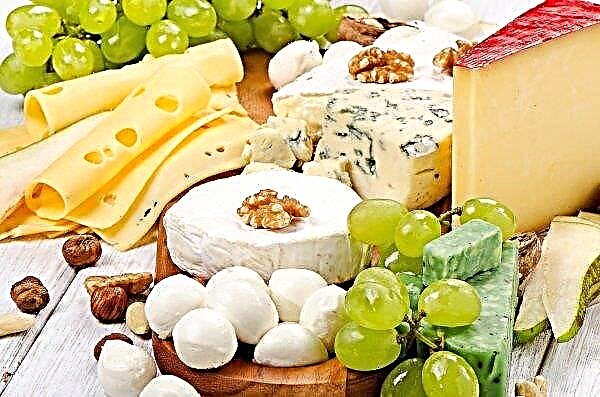Picea pendula bruns omorika or Serbian spruce Pančić is one of the most beautiful and rare species of conifers that can decorate any garden or flower bed. This evergreen coniferous plant has a special shape of the crown. Its branches are lush, and also grow very low from the ground at a distance of about 10 cm and are curved upwards, which is why they have the shape of an arc. This is a very rare plant, with its appearance conveying a romantic and fabulous atmosphere, so many gardeners dream of buying a Serbian spruce.
Botanical Description
Serbian spruce Pendula Bruns Omorik is a rare coniferous plant and a member of the Pine family. This is an evergreen tree, whose height reaches 40 meters, and the diameter of the crown is 1.5–2 meters. The life cycle of a plant reaches 300 years. Maturity of spruce occurs at the age of 15, bears fruit by cones and propagates self-seeding in wildlife.

The peculiarities of the Serbian spruce Pendula Bruns are the hanging arrangement of the lateral branches, they are short and curved upward, as well as very short needles, due to which the plant has an unusual appearance. Growth in height per year is not more than 10 cm. Due to such a bizarre and unusual shape, Pendula Bruns spruce is very much appreciated among gardeners and is the highlight of any garden.
Video: Spruce Pendula
Landing
You can plant Pendula Bruns in the spring after the cessation of night frost or in the fall at an average daily temperature of + 15 ° C (a few weeks before the onset of frost). For planting, two-year-old seedlings are used, which are distinguished by better survival. The earth is pre-fertilized using mineral fertilizing or humus, and peat and sand are added to the soil in equal amounts to improve drainage properties. A poorly lit cool place is recommended for planting.
Did you know? If you plant a Serbian spruce in a well-lit area, then her needles will be yellow.
When planting Pendula Bruns, you must perform the following sequence of actions:
- Dig a hole in the soil with a width and depth a little more than the root system of the plant.
- Place the spruce root in the pit and cover it with soil.
- Tamp the area around the seedling.
- Water the tree using 3-5 liters of water.

Spruce care
A tree can grow without special care. It needs to be watered at least 1 time per week, and in the dry season every other day. It is also important to make nitrogen and potassium fertilizers, for example, ammonium nitrate should be scattered on the soil surface in an even layer at the rate of 30 grams per m² or potassium sulfate - 20 grams per m².
Important! Serbian spruce is not recommended to be pruned heavily, as this can lead to the death of the plant.
They will help spruce grow quickly and fight diseases and pests. For prophylaxis, it should be treated with fungicides, for example, Alirin-B, Bactofit or Agat-25K, and insecticides such as Biotlin, as well as Iskra.
It is necessary to use these funds according to the instructions when the first symptoms of damage appear and for prevention in spring and autumn. Another tree requires loosening and mulching the soil. It is necessary to regularly carry out sanitary pruning of spruce, especially in the spring.
Watering and feeding
A mandatory component of plant care is its regular watering, since a lack of moisture can cause drying or yellowing of the spruce. An adult tree needs at least 25 liters of moisture for a month, so in regions with a dry climate without watering, the Pendula Bruns variety will not survive. Plant nutrition with mineral fertilizers should be carried out 2-3 times per season.
For this purpose, you can use artificial mixtures of mineral fertilizers, for example, double superphosphate at the rate of 15 grams per m² and urea - 20 grams per m². Thanks to top dressing, spruce grows faster, is less susceptible to diseases or pests, and tolerates winter better.
Loosening and mulching
The weeds that grow nearby Spruce Pendula Bruns spruce can do much harm to it, which is due to the peculiarities of the crown growth, when the branches begin to grow very low near the ground. Therefore, it is important to regularly weed the site up to one and a half meters around the plant.
Mulching is a coating of the soil around a tree with a special mixture, the so-called mulch of straw, hay or sawdust, which subsequently is an excellent fertilizer, stimulating plant growth and preventing the growth of weeds.Important! The tree does not tolerate moisture congestion, so it does not take root in marshlands.

It also protects the soil from weathering and freezing in winter. Mulching for preventive purposes is necessary once every 2-3 years. An important point is the loosening of the soil, since the tree needs a sufficient supply of moisture, which is impossible with heavily packed soil around the root system of the spruce.
Pruning
There are 3 types of haircuts (tree shaping), namely:
- Sanitary. It is carried out in the spring and consists in the removal of diseased and winter-damaged branches.
- Formative. It is carried out in late autumn and is aimed at giving the tree a certain shape.
- Decorative. It is necessary for the loss of form by the plant and is carried out periodically throughout the year.

Possible diseases and pests
Diseases and pests rarely infect a tree because it is resistant to their effects. However, insects that damage bark and needles can attack Serbian spruce. Most often, the plant is damaged by a spruce, mealybug and spruce leafworm.
To control pests, insecticides are used, which need to be sprayed with the tree 2 times a year, as well as during the defeat. Most often, preparations such as Anticlesch, Fufanon or Karbofos are used for processing, which must be used in accordance with the instructions.Did you know? Spruce in the autumn drops one sixth of its needles.

Spruce Pendula Bruns can be affected by such diseases:
- sewing brown. This is a fungus, which manifests itself in the form of a black-gray cobwebbed plaque. To combat it, use the drugs "Skor", "HOM" and other fungicides;
- root rot. They cause rotting of the roots of the seedling, after which the plant dries up. Biofungicides such as Fitosporin or Gamail will help protect the plant;
- bubble rust. It affects the trunk and branches, causing the appearance of yellow-orange spots. You can eliminate the disease with the help of “Abiga-peak” or “Chistotsvet” preparations;
- gray mold. It appears in the form of gray-brown spots on the shoots. To protect against this disease, the plant is sprayed with “Skor” or “Abiga-peak”.

The use of wood in landscape design
Serbian spruce Pendula Bruns is rare. From it you can form figures of various shapes, as it is very flexible. Therefore, it will appeal to all lovers of exotic garden. The tree is able to create a romantic and mysterious atmosphere due to curved and low-lying branches.
In addition, it can be bent in every way during growth using a variety of supports, forming arches and awnings. Single stands are often used in landscape design to create living columns.
Pendula bruns omorika has a unique and very attractive appearance, which is why it is popular among gardeners. It will be a wonderful decoration for any garden or flower bed. The tree is unpretentious in planting and care and does not require special growing conditions. However, the seedlings of this plant are difficult to find, since it is very rare.

